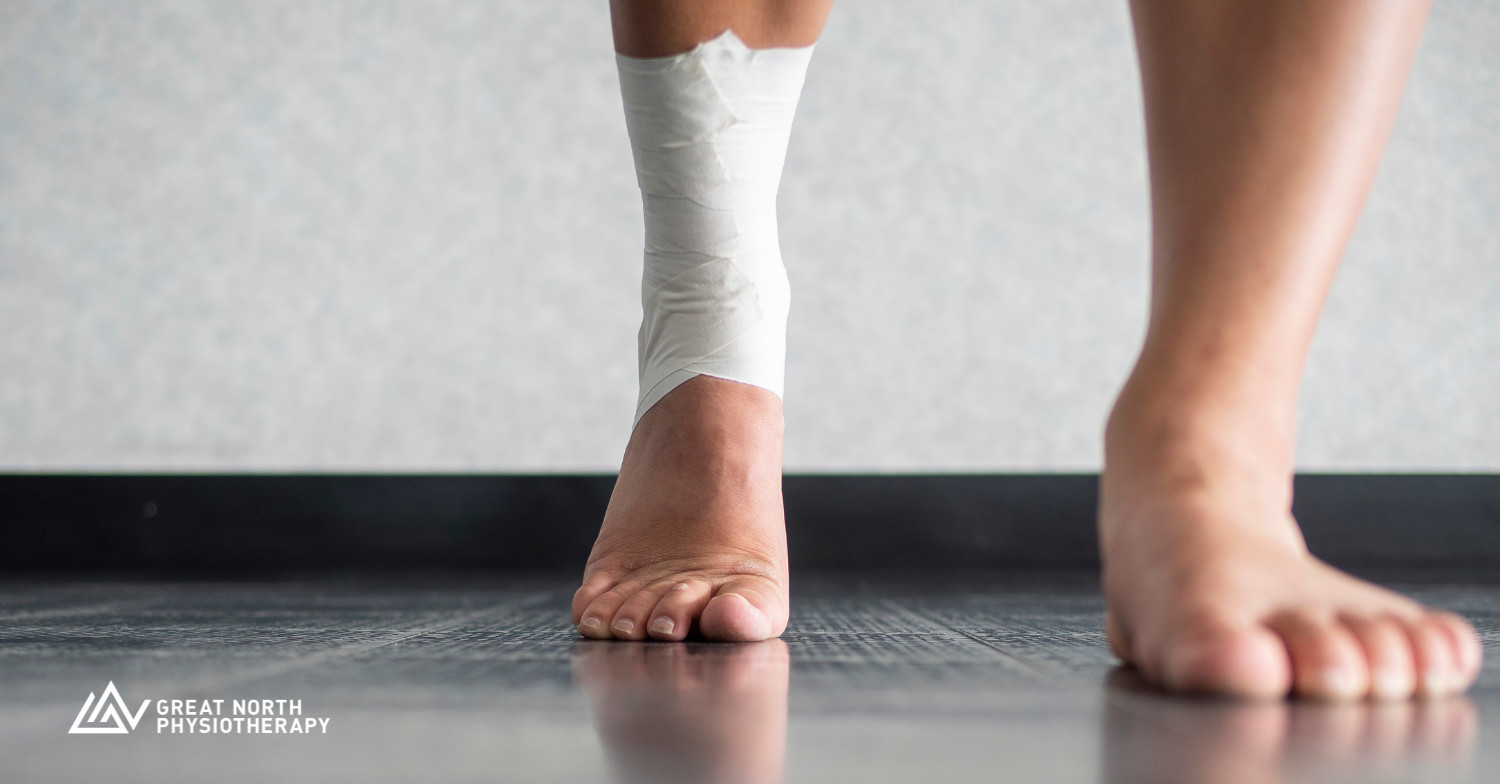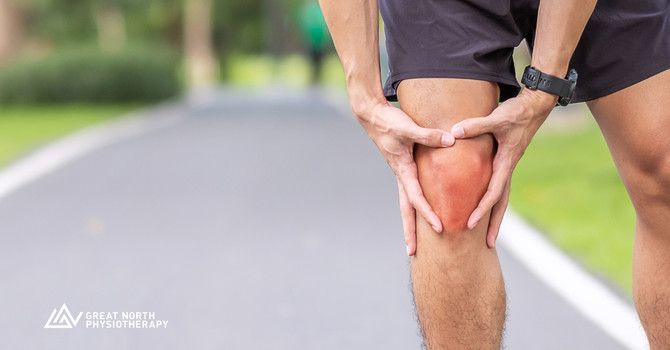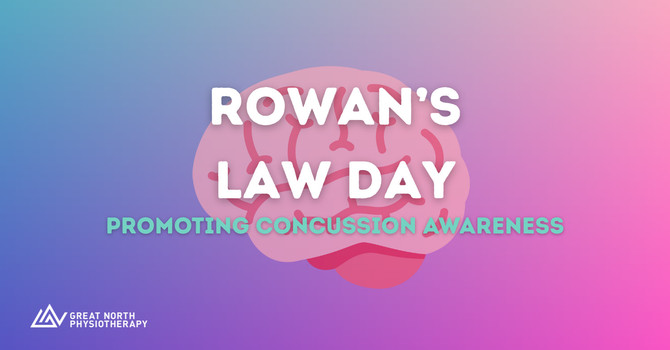
Tape is an interesting tool—simple yet incredibly versatile. Typically available in a cylindrical roll, it consists of a plastic or fabric-based material on one side and a strong adhesive on the other. While many associate tape with everyday tasks like wrapping gifts, making sure you're painting crisp lines in your en-suite, or maybe wrapping your hockey stick, athletic tape and its role in sports physiotherapy is invaluable.
I carry it everywhere because it can provide immediate support for athletes and be utilized in many different scenarios (with the proper knowledge). Let's dive deeper into one of the greatest gifts in my toolkit.
What is Athletic Taping?
Athletic taping is a widely used technique among athletes and active individuals to support muscles and joints, prevent injuries, and enhance performance. This method involves applying specialized adhesive tape to stabilize areas at risk of strain or injury while allowing for natural movement.
The Benefits of Athletic Taping
Athletic taping offers several advantages for those engaged in physical activities:
1. Injury Prevention: Taping supports vulnerable areas like ligaments and muscles, reducing the risk of sprains, strains, and overuse injuries.
2. Pain Relief: Gentle compression helps reduce swelling and promotes blood flow, alleviating discomfort from previous injuries or strain.
3. Enhanced Performance: Stability from taping allows athletes to push themselves further without fear of aggravating old injuries.
4. Proprioception Boost: Taping improves body awareness of joint and muscle positioning, enhancing coordination and balance.
Who Uses Athletic Taping?
Athletic taping benefits a range of individuals, and as I mentioned before, it's something I regularly use. From professional competitors to weekend warriors, taping is a go-to solution for protection and support during high-impact or repetitive movements, enhancing joint stability and preventing further damage.
How Does Taping Relate to Sports Physiotherapy?
1. Supports Recovery: Taping supports injured areas, complementing healing and encouraging correct movement patterns.
2. Increases Functionality: It helps athletes regain confidence and full function of muscles and joints, promoting a smoother return to sport or exercise.
3. Prevents Future Injuries: Taping can encourage proper joint alignment and muscle function, reducing the risk of recurring injuries.
Sports That Use Athletic Taping
Taping is something you may not frequently notice, but athletes in various sports use it quite regularly. Next time you're watching a sport, check for tape in these spots on your favourite athletes:
- Football (Soccer & American Football): Players use tape to support ankles, knees, and wrists to prevent sprains and strains.
- Basketball: Athletes tape fingers, ankles, and knees to provide extra stability, especially with the high impact of jumping and quick direction changes.
- Tennis: Players often use kinesiology tape on their shoulders, elbows, or wrists to reduce strain and prevent conditions like tennis elbow.
- Gymnastics: Gymnasts use tape to protect wrists, fingers, and ankles from extreme joint stress.
- Baseball & Softball: Pitchers and batters use tape on fingers and wrists to provide extra grip and joint support.
- Volleyball: Players tape fingers for extra support when setting or blocking, as well as ankles for injury prevention.
- Rugby: Given the physical contact, rugby players heavily rely on tape to support joints, reduce swelling, and prevent injuries.
- Weightlifting & CrossFit: Athletes use tape for wrist and knee support, as well as finger protection when lifting heavy weights.
- Hockey: Players use tape on their wrists and ankles to stabilize joints and reduce the impact of falls.
- Track & Field: Runners and jumpers use tape to support their knees, ankles, and shins, helping prevent injuries from repetitive stress.
Whether you're looking to prevent an injury, recover faster, or optimize performance, athletic taping is a versatile and effective tool that can significantly impact your training or recovery journey.
Want to learn more? Book an appointment with Trevor Kwolek at Great North Physiotherapy. Schedule online at www.greatnorthphysio.ca or call 289-606-0966 to speak with our team.
Always consult a healthcare professional before starting a new exercise routine and prioritize consistency and good form for optimal benefits.




%20(1).jpg)

